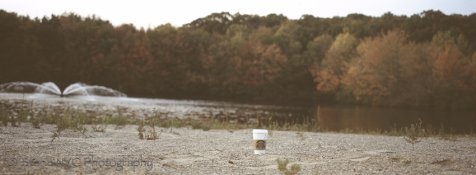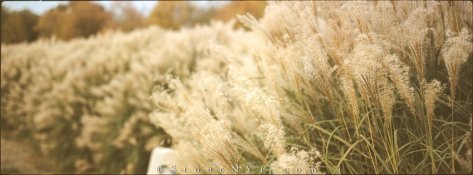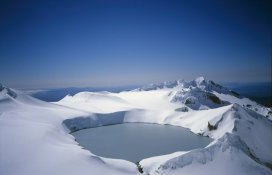Photo Engineer
Subscriber
Nzoomed, you are wrong. That is the only way to put it.
The couplers are all of the same families of chemicals, Acetoacetates or the like for yellows, pyrazolones for magenta and phenols or napthols for cyan. Sensitizing dyes are much more complex! Kodachrome couplers dissolve in the developer, while Ektachrome couplers dissolve in oil which is then incorporated into the coating.
From there we wave a magic wand!!!!
Kodakchrome could ruin flesh tones and blacks, muddy greens or make them vibrant and make great reds (with no detail in them). I have pictures of a red knit sweater in which the knitting cannot be seen in Kodachrome but the stitching is clear in Ektachrome. So, the "fine" qualities of Kodachrome are somewhat of an accident. As one of us said, Kodachrome could make a garbage dump look pretty!
PE
The couplers are all of the same families of chemicals, Acetoacetates or the like for yellows, pyrazolones for magenta and phenols or napthols for cyan. Sensitizing dyes are much more complex! Kodachrome couplers dissolve in the developer, while Ektachrome couplers dissolve in oil which is then incorporated into the coating.
From there we wave a magic wand!!!!
Kodakchrome could ruin flesh tones and blacks, muddy greens or make them vibrant and make great reds (with no detail in them). I have pictures of a red knit sweater in which the knitting cannot be seen in Kodachrome but the stitching is clear in Ektachrome. So, the "fine" qualities of Kodachrome are somewhat of an accident. As one of us said, Kodachrome could make a garbage dump look pretty!
PE


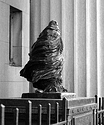



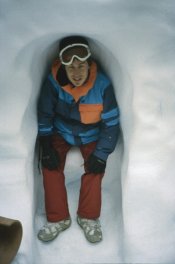
 I'd like to find a muted/pastel saturated film like the old Agfa Portrait 160 neg film, not for everything or even most things but for some things.
I'd like to find a muted/pastel saturated film like the old Agfa Portrait 160 neg film, not for everything or even most things but for some things.